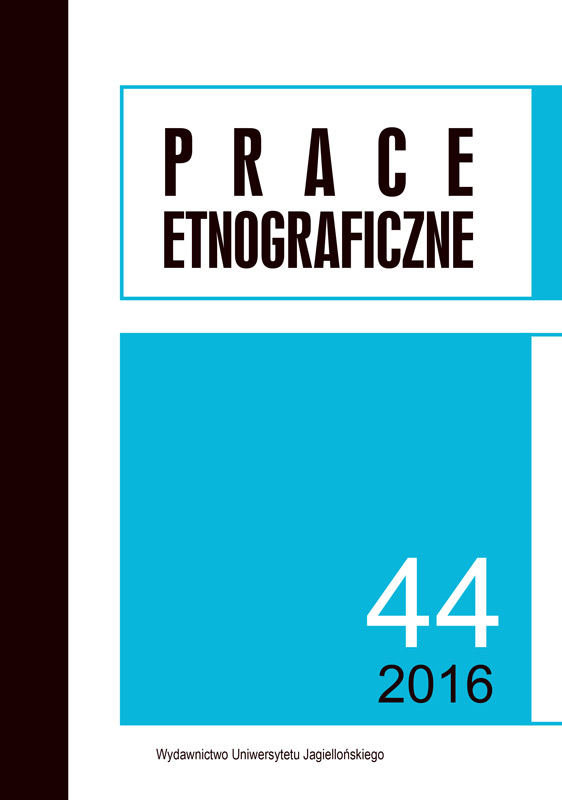Dziedzictwo kulturowe mniejszości narodowych, etnicznych i religijnych kręgu Karpat – narracje lokalne i zarządzanie instytucjonalne (wstępne rezultaty badania pilotażowego)
The Cultural Heritage of National, Ethnic and Religious
Minorities of the Carpathian Area – Local Narratives
and Institutional Management (Preliminary Results
of the Pilot Study)
Author(s): Ewa KocójSubject(s): Museology & Heritage Studies, Cultural Anthropology / Ethnology, Management and complex organizations, Politics of History/Memory
Published by: Wydawnictwo Uniwersytetu Jagiellońskiego
Keywords: cultural heritage; national; ethnic and religious minorities; Carpathians; cultural memory; symbolic places; cultural heritage management; traditional professions (occupations); Carpathian museums;
Summary/Abstract: In recent years, interest in the cultural heritage of the Carpathian region has intensified. Projects from different countries offer new solutions that may contribute to the revival of this particular sphere of cultural heritage in Central and Eastern Europe. These projects are carried out by local communities and institutions (museums). Tangible and intangible cultural heritage of minorities has become a focus of increasingly strong identity narratives referring to old and new ideas and ideologies. These narratives often bring back former conflicts existing in local communities, thus becoming the symbols of these conflicts on the one hand, and on the other hand – allowing for new solutions in line with modern culture trends.Objective: The following article presents the preliminary results of the pilot study conducted in 2015 on the minority cultural heritage and heritage management in the Carpathians. The goal of the study was to explore cultural codes and contemporary narratives related to the cultural heritage of minorities as well as to investigate the reception of the management of UNESCO sites present in the minds and notions of local communities and in institutional management. In addition, the study focused on traditional arts and crafts in the context of local entrepreneurship and on the strategies of minority heritage presentation in Carpathian museums.Methodology: The article uses qualitative methods of scientific research applied from the emic (from within the group) and etic (from outside the group) perspectives. The following research techniques were used: standardized and free interviews, explicit and implicit participatory observation, analysis of legal and archival documents, storytelling, and visual material analysis.Conclusions: The study showed, that there are more and more discussions on the minority cultural heritage in the Carpathians, which focus on the hidden agenda of UNESCO list entries, including on the reasonableness and related commercialization of such entries as well as on the consequences they have for local communities. The preliminary pilot study revealed, that it is necessary to explore the local community in depth as part of an interdisciplinary grant, which could help develop modern heritage management based on the local and cross-cultural perspective.
Journal: Prace Etnograficzne
- Issue Year: 44/2016
- Issue No: 3
- Page Range: 193-213
- Page Count: 21
- Language: Polish

